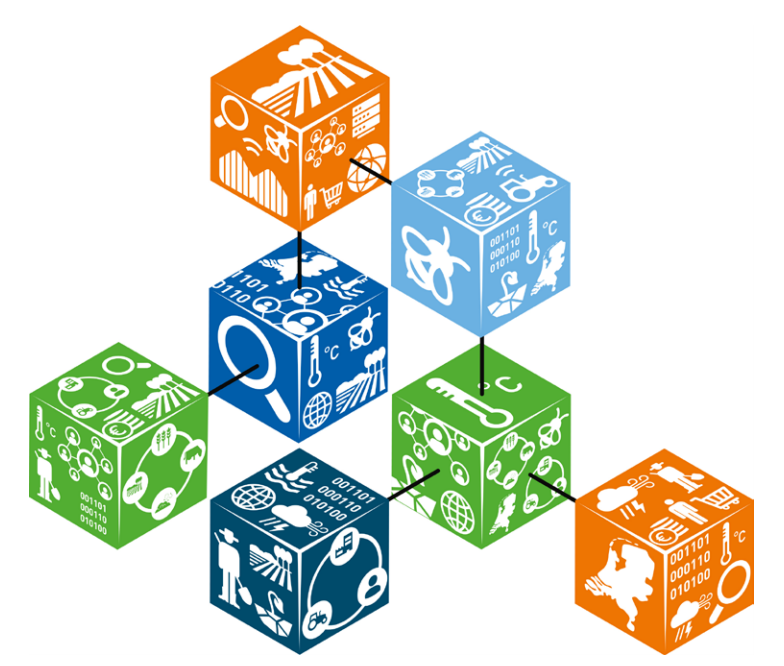"Because you no longer have to enter information manually, it is less error-sensitive. And also by linking different databases, it makes the work more efficient. You can also share the information almost in real time, which means you don't have to wait as long and there is less delay in the chain," Van Wassenaer sums up.
Food safety
Van Wassenaer also sees opportunities for improving transparency and traceability: "Mistakes are always made. With or without intent. With food, but also with waste. Think for example of fraud in the manure chain. If there is an incentive to enter incorrect information, that is unfortunately what happens. "Checks are expensive and time-consuming and are (therefore) done on a random basis. Recording data in a blockchain can be a solution: "It can be discouraging, because you can always find out where and when information has been modified. In addition, if more and more information is recorded in a universal manner, it makes analysis and cross-checking easier.”
Among entrepreneurs and companies, the researcher notices a mix of enthusiasm and reticence. "Some information may not be sensitive now, but it might be in the future. For example, a crop protection product that is permitted now, but may no longer be permitted in a few years' time. The data is fixed. Entrepreneurs experience that as a risk," says Van Wassenaer. "That is why it is important to consider carefully what you want to share."
The INTERREG programme Blockstart, financed by the European Union and the provinces of Gelderland and Overijssel, gives entrepreneurs the opportunity to investigate whether blockchain is a suitable instrument for them. Oost NL is implementing the programme, explains Maaike Büchner: "We are the point of contact for entrepreneurs who are interested, but we also support them in making choices around the training courses and workshops offered," says Büchner. "We make that choice based on the issue that the company wants to answer." This support is also necessary because each Dutch SME that applies (within the Health, Logistics and Agrofood sectors) has a maximum amount of €7,500 to spend on the available trainings.
Applications
In her research, Van Wassenaer also looked at practical examples. In the agrofood sector, blockchain is already being used by various parties. In the Netherlands, Albert Heijn has a blockchain platform and there are hundreds of initiatives worldwide that apply blockchain in agriculture and horticulture. One of the use cases in the research is the project AGF-Chain - which focuses on automating the monitoring of onion cultivation to facilitate the process at export (such as certification).
Finally, Van Wassenaer mentions the BlockFust project, in which the packaging (barrels) of flowers and plants are equipped with a chip. This way, the products can be traced and you can keep track of what happens to them. "Now the barrels sometimes still disappear. That is a cost item. Moreover, it fits in nicely with the concept of circular chains."
Getting other parties on board
The challenge in accepting the technology is that multiple parties within the chain must work together. "The first question in our checklist is always, what information do you need to share. It makes no sense to build your own blockchain for data you do not share," says Van Wassenaer. In addition, sometimes a culture change is needed: "You have to explain the basic principles and the ideology behind it well, so that the benefits are clear."

